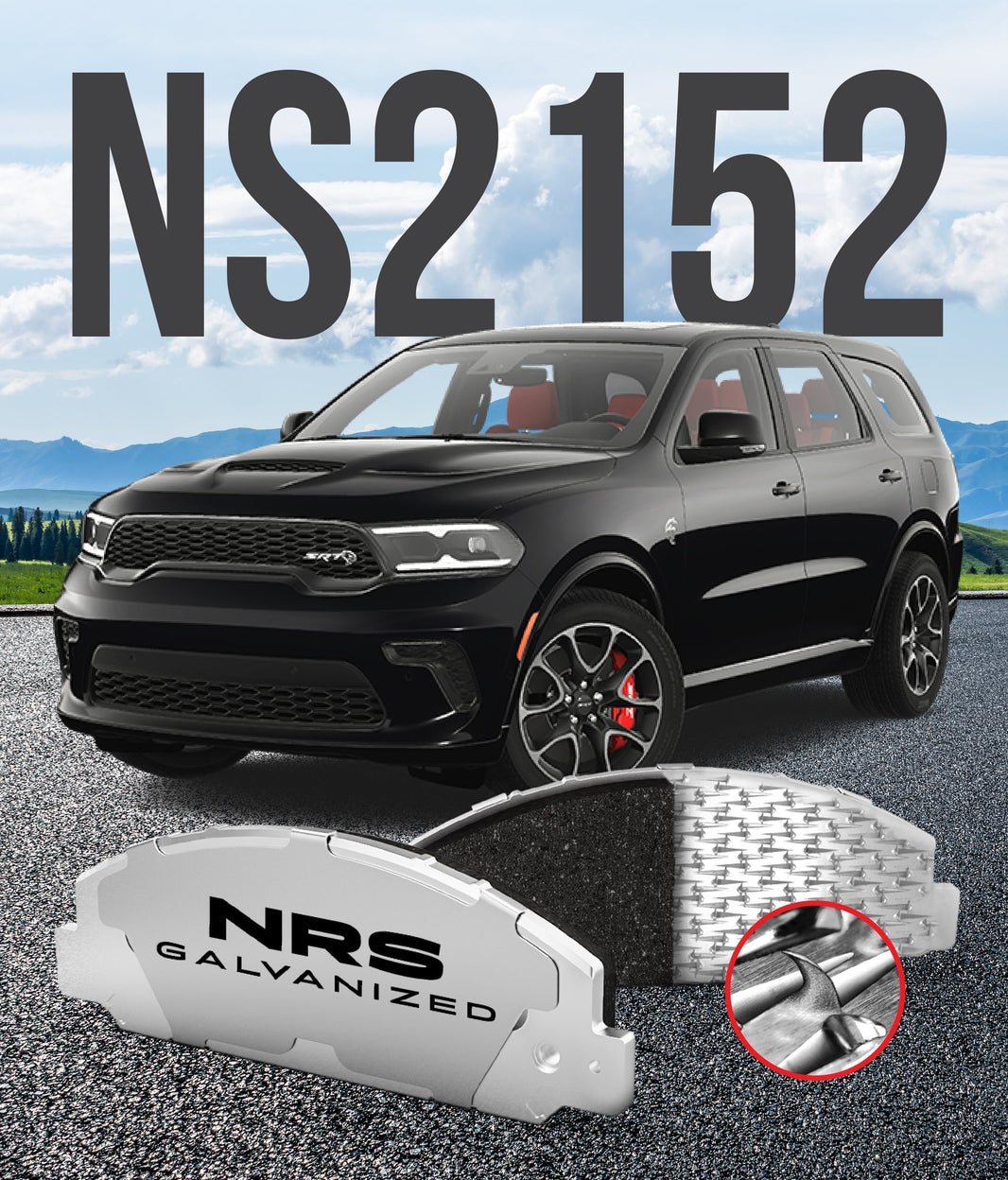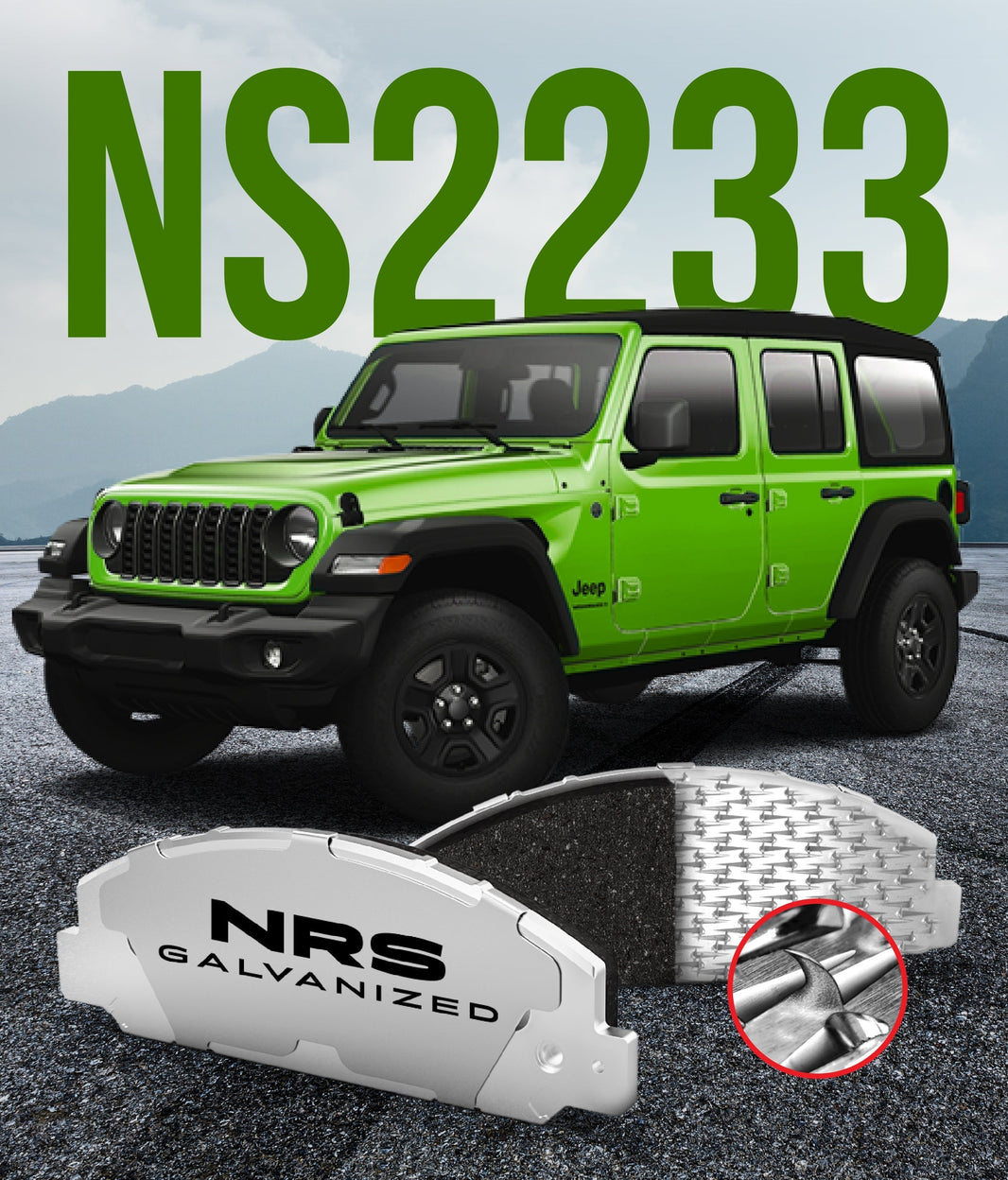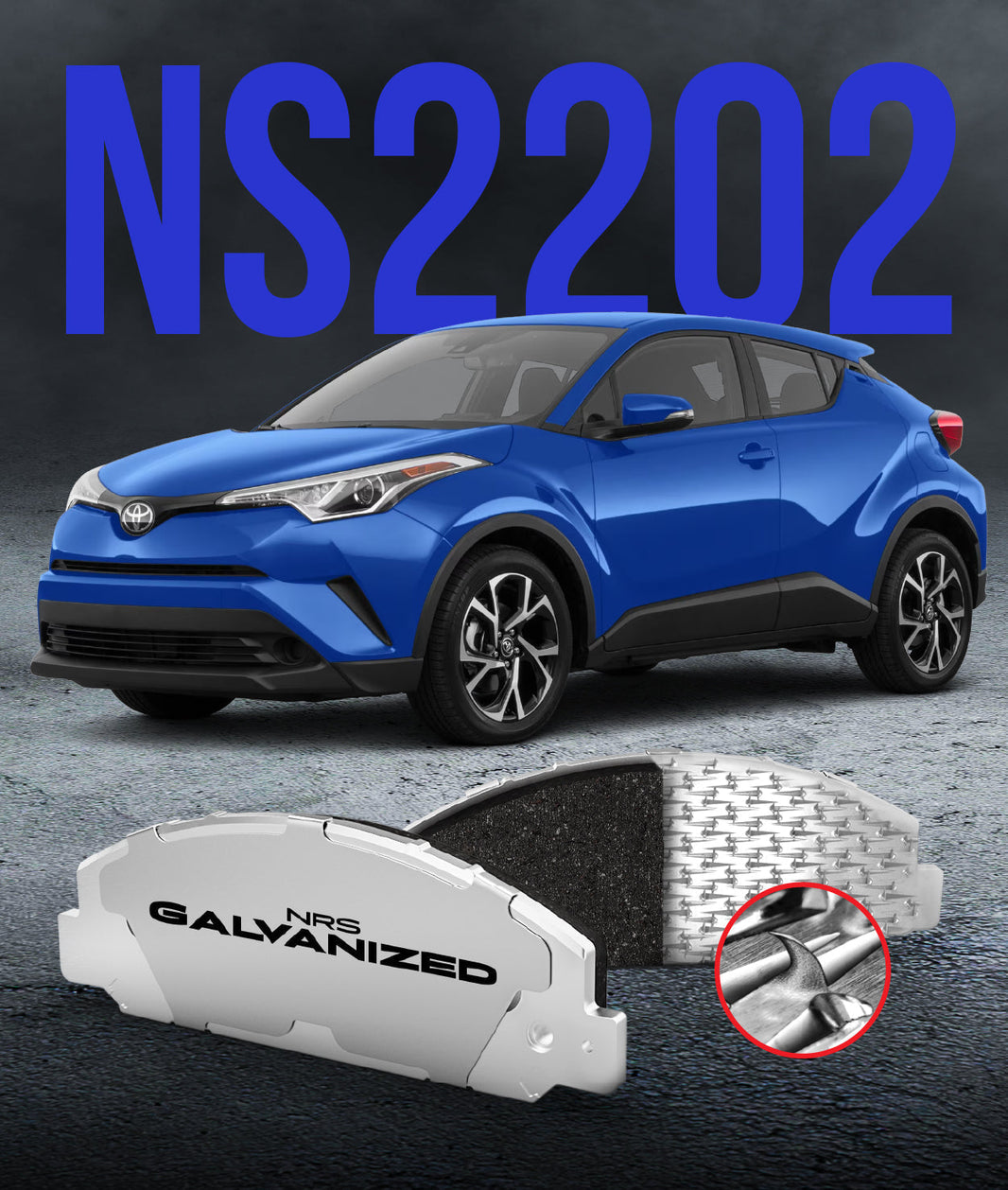
When you are looking at a new set of brake pads, you likely focus on the friction material. You might consider if it is a ceramic or semi-metallic compound and how much dust it will create. But have you ever considered what holds that friction material onto its steel backing plate?
This connection is arguably the most important safety feature of the entire brake pad, yet it is often completely overlooked. The industry has two fundamentally different approaches to creating this bond: one relies on glue, and the other relies on a physical lock. Understanding the science behind this choice is critical to ensuring the brakes you install are as safe as possible.
The Hidden Danger: Understanding Brake Pad Delamination
The bond between the friction material and the backing plate is subjected to immense shear forces and extreme temperatures. If this bond fails, the friction material can detach from the steel plate completely. This catastrophic failure is known as Brake Pad Delamination.
When delamination occurs, you experience an immediate and near-total loss of braking on that wheel. The caliper piston simply pushes against an empty backing plate with nothing to press on the rotor. It is like the sole of your shoe suddenly peeling off while you are trying to stop, leaving you with no grip whatsoever.
The Common Method: A Look at Traditional Adhesives
For many years, the standard industry practice has been to use high-temperature adhesives to glue the friction puck to the backing plate. These are not simple glues, but complex compounds designed to be cured under intense heat and pressure. The goal is to create a strong, uniform chemical bond.
The use of traditional adhesives brakes is a proven method, but it comes with inherent vulnerabilities. The strength of the adhesive bond is only as good as the conditions it operates in. Unfortunately, a wheel well is one of the harshest environments on a vehicle.
The Inherent Weakness of Glue
Any adhesive is susceptible to failure when faced with its enemies. For brake pads, the primary enemies are extreme heat, constant exposure to moisture, and the corrosive effects of road salt. All three of these are present every time you drive your car.
The effectiveness of the bond also depends on perfect surface preparation at the factory, which is not always guaranteed. Any imperfection in the process can create a weak spot. This can lead to a failure years down the road.
How Adhesion Fails
There are two primary ways an adhesive bond can fail on a brake pad. The first is through thermal degradation. The high temperatures from heavy braking can break down the chemical compounds in the adhesive, weakening the bond until it fails under shear load.
The second, and more common, failure mode is corrosion. When rust forming on the backing plate gets underneath the adhesive layer, it physically pushes the friction material away. This "rust jacking" effect pries the two surfaces apart from the inside out.
A Smarter Design: The Principle of Mechanical Attachment
A more advanced and reliable solution avoids the weaknesses of adhesives by creating a physical, mechanical connection. This technology uses a backing plate that is manufactured with hundreds of small, sharp steel hooks covering its surface. These hooks are an integral part of the plate itself.
During the molding process, the friction material flows around these hooks. When the material is cured, the hooks are permanently embedded within the friction puck. This creates an inseparable lock between the two components.
How Mechanical Hooks Work
This mechanical connection provides a far higher shear strength than adhesives alone. The hooks grip the friction material from within, creating thousands of points of contact. This prevents the puck from sliding or separating from the plate under any condition.
Think of it as the difference between gluing two pieces of wood together versus joining them with hundreds of tiny, strong dovetail joints. The first method relies on a chemical surface bond. The second creates a physical interlock that cannot fail unless the material itself is destroyed.
The Benefits of a Physical Bond
This physical lock is not affected by the enemies that attack adhesives. Extreme heat does not weaken the steel hooks. Moisture and corrosion cannot break their grip on the friction material.
Even if the adhesive used in conjunction with the hooks were to fail completely, the pad would remain intact. This provides a redundant safety system that makes delamination virtually impossible. It is a design that accounts for the harsh realities of the braking environment.
A Side-by-Side Comparison
The two approaches to brake pad construction represent fundamentally different philosophies. One is a cost-effective, traditional method with known vulnerabilities. The other is a modern, safety-focused design that eliminates a primary point of failure.
Here is a simple breakdown of how the two methods compare.
-
Bonding Type: Traditional adhesives brakes use a chemical bond that sticks two surfaces together. Mechanical attachment uses a physical interlock that grips the friction material from within.
-
Heat Resistance: Adhesives can soften and degrade when subjected to very high braking temperatures. The steel hooks of a mechanical attachment are unaffected by heat.
-
Corrosion Vulnerability: Rust on the backing plate is a primary cause of adhesive failure. Mechanical hooks maintain their grip even if the backing plate surface corrodes.
-
Failure Point: Adhesives can allow the friction puck to delaminate, causing a complete loss of braking at that wheel. Mechanical attachment is specifically designed to prevent this catastrophic failure mode.
What to Look For When Buying Brake Pads
As a consumer, you can make a safer choice by knowing what to look for. When you are shopping for brakes, pay as much attention to the construction of the pad as you do to the friction formula. A little bit of knowledge can help you identify a superior, safer product.
Use this five-point checklist to guide your next purchasing decision.
-
Examine the Backing Plate: Does the product description or packaging mention how the friction material is attached? A company using advanced technology will be proud to talk about it.
-
Look for Mechanical Attachment: Search for key terms like "mechanical attachment," "retention system," or "NRS technology." This indicates the use of a hook-based system.
-
Check for Galvanization: A galvanized backing plate provides superior corrosion resistance, which prevents rust jacking and further secures the bond. It is a clear sign of a premium product.
-
Prioritize Safety Over Price: A brake pad with a mechanical attachment system may cost slightly more. This small premium is a worthwhile investment in preventing a catastrophic brake failure.
-
Choose Reputable Brands: Select manufacturers that build their reputation on safety, innovation, and engineering. The best brands are transparent about how their products are made, so Choose Reputable Brands.
Conclusion: A Bond You Can Trust
The connection between your brake pad's friction material and its steel backing plate is a safety-critical feature that you rely on every time you press the pedal. While traditional adhesives brakes are common, they have well-known vulnerabilities to heat and corrosion that can lead to a dangerous delamination failure. Mechanical attachment offers a modern, physically superior solution that locks the pad together.
When it comes time for your next brake job, do not just ask what the pads are made of; ask how they are held together. The answer to that question is fundamental to the safety and reliability of your vehicle. At our company, we pioneered the use of galvanized backing plates with mechanical attachment because we believe that the Best Brake Pads should be engineered never to fail, giving you a bond you can trust for the life of your vehicle.
How much thought have you given to the construction of a brake pad beyond its friction material?




